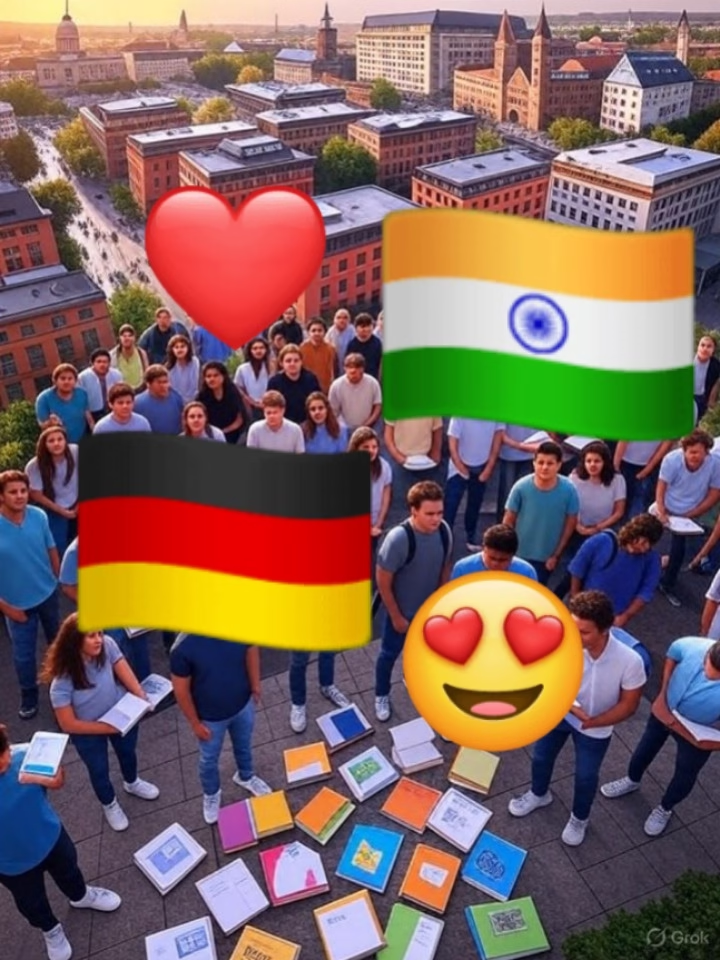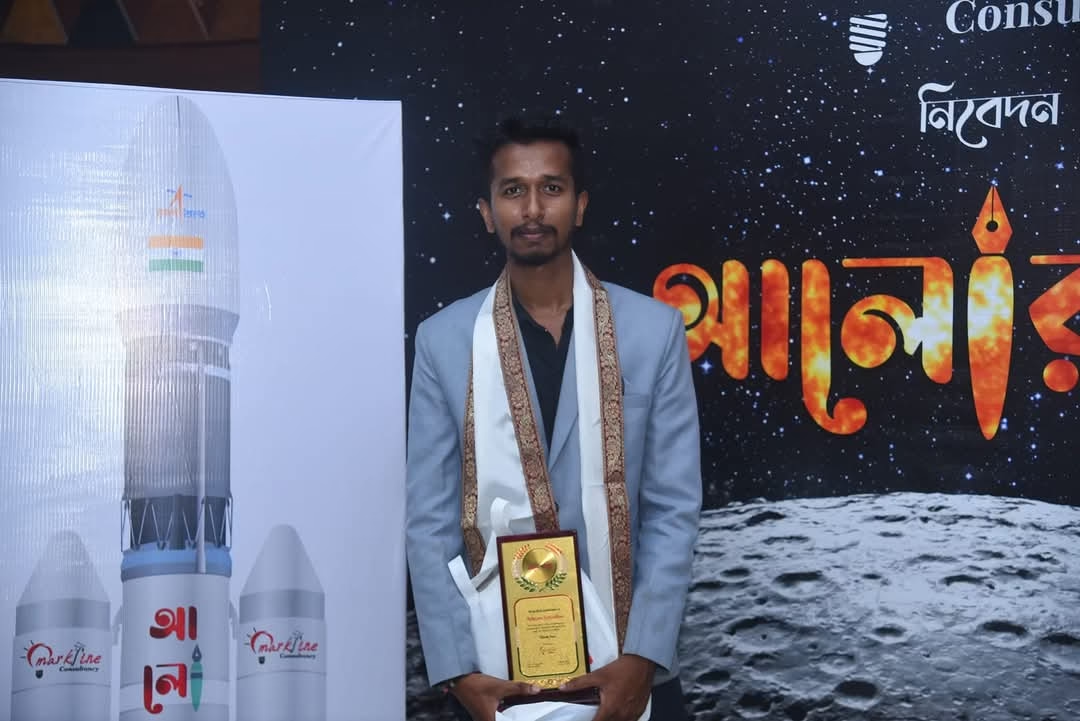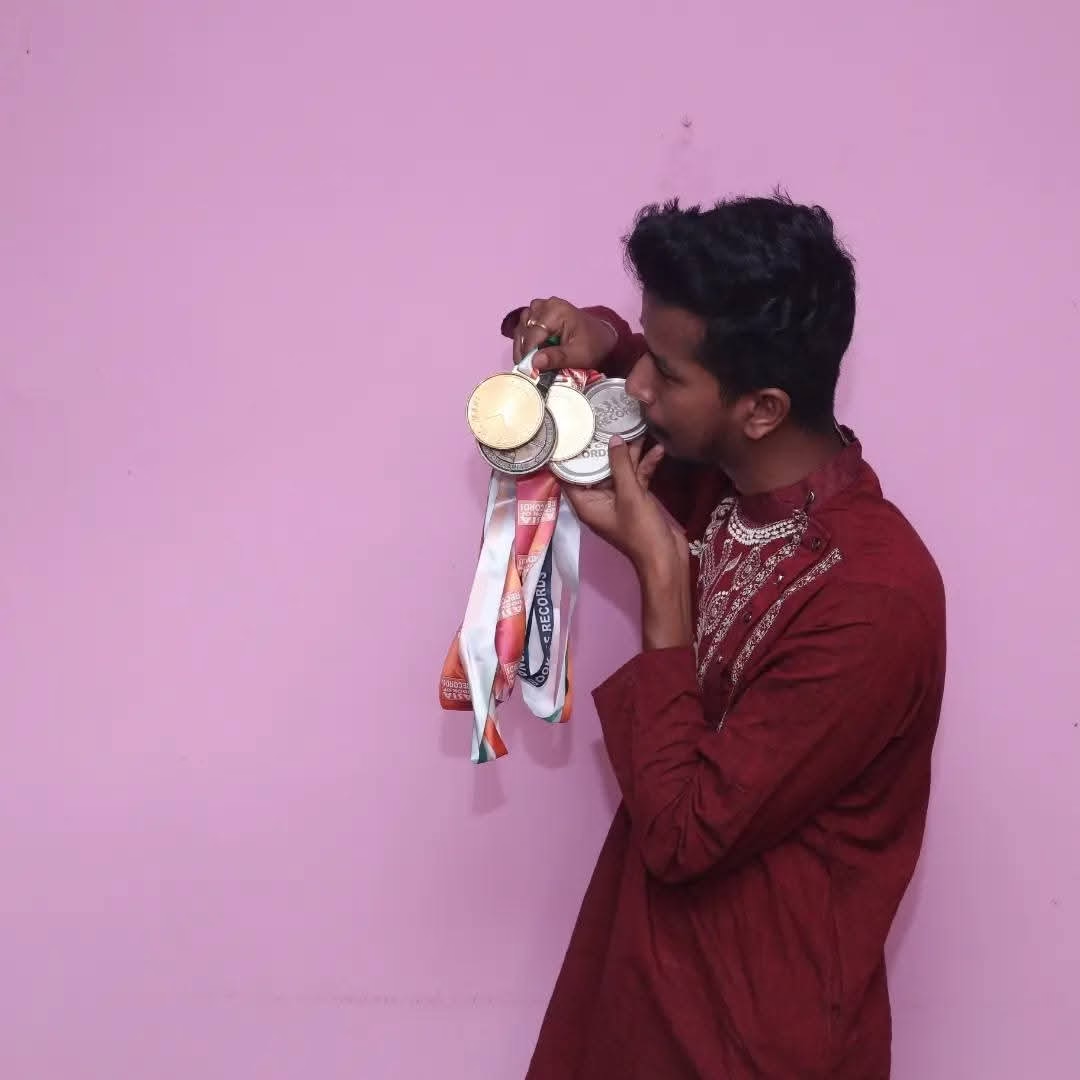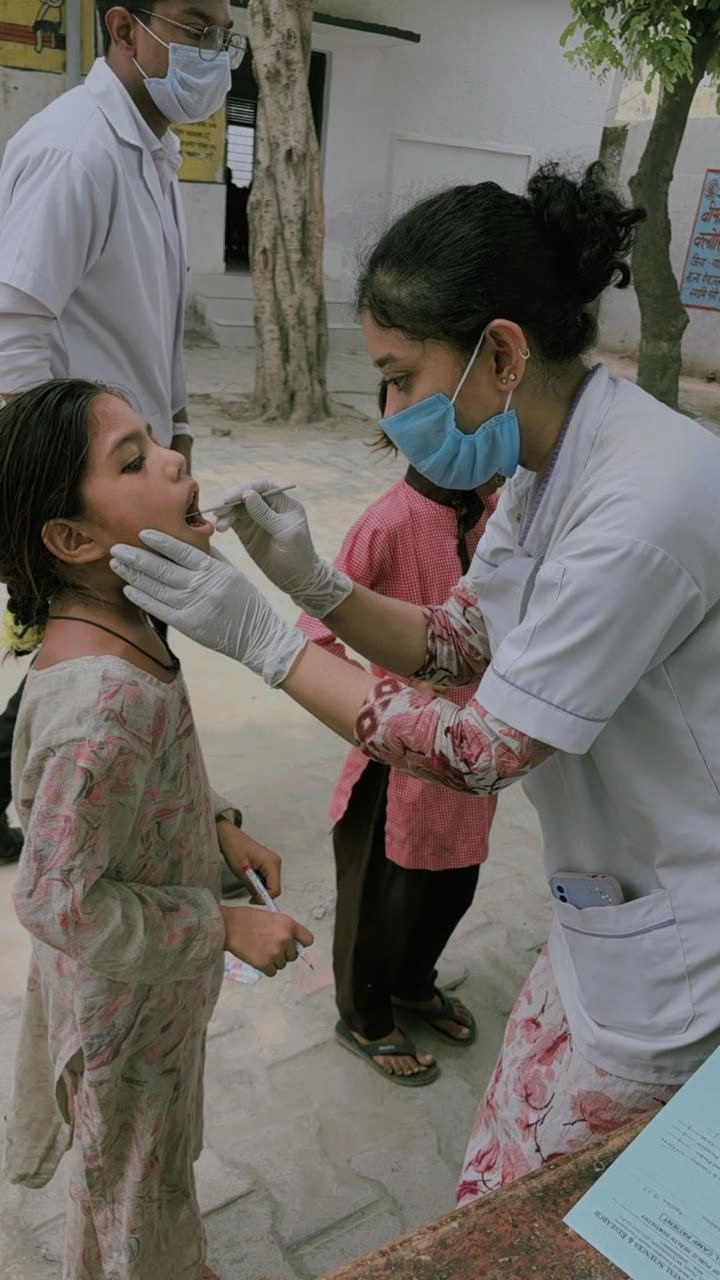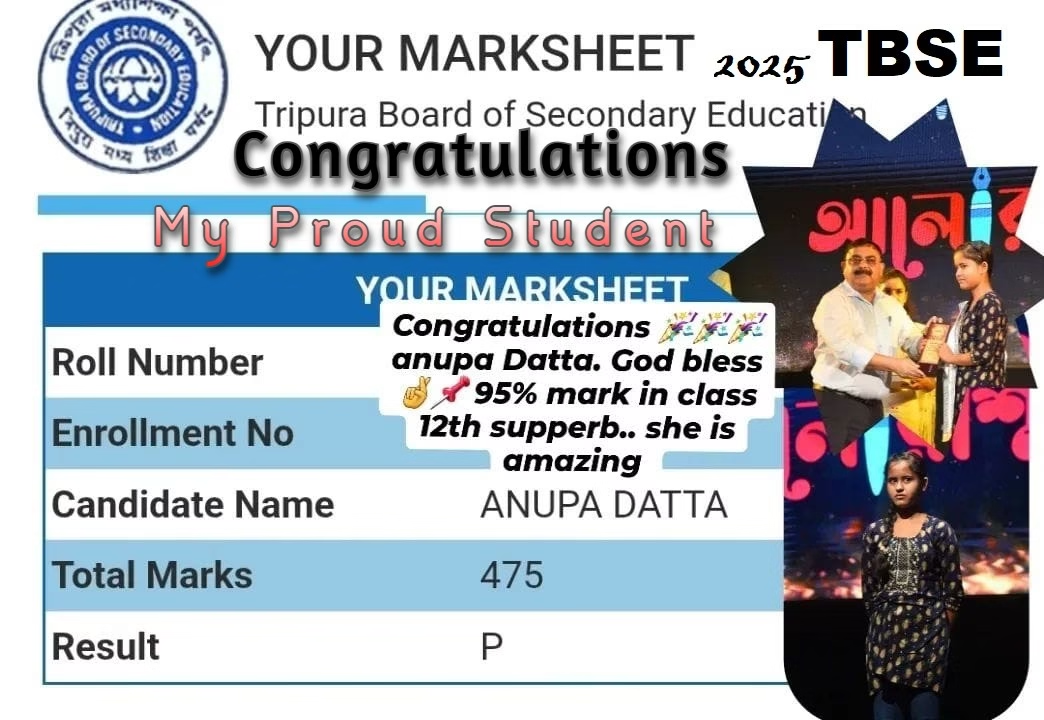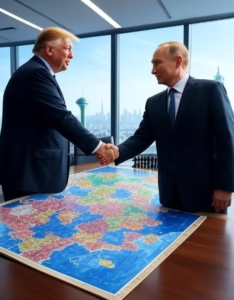Mathematics 100% common and important Questions for CBSE Class 10 board : Pair of Linear Equations in Two Variables 2025 2026 2027

Mathematics 100% common and important Questions for CBSE Class 10 board : Pair of Linear Equations in Two Variables 2025 2026 2027
Prepare effectively for the CBSE Class 10 Mathematics board exam in 2025 2026 2027 with 40 essential questions from Chapter 3: Pair of Linear Equations in Two Variables. This includes 10 case-study-based questions and previous years’ questions to strengthen your preparation.
Introduction

Pair of Linear Equations in Two Variables is a vital topic for the CBSE Class 10 Mathematics board exam. Below are some highly recommended questions for thorough practice. This topic involves solving equations graphically, algebraically, and understanding their applications in real-world scenarios. With the inclusion of case-study-based questions, students must thoroughly prepare for this chapter.
Below is a set of 40 important questions divided into three sections: Graphical Representation, Algebraic Solutions, Word Problems, and Case Studies.
Part A: Graphical Representation (10 Questions) Pair
[1] Solve graphically:
3x+y=7,
x−y=1.
[2] Plot and verify whether the system of equations x+y=5 and x−y=1 is consistent.
[3] Solve graphically:
2x+3y=12,
x−2y=4.
[4] Check graphically if the equations x+2y=6 and 2x−4y=−42
intersect at a unique solution.
[5] Plot the given pair of equations on a graph and identify their point of intersection to determine the solution.:
x+3y=9,
2x−y=4.
[6] Draw the graphs of x−y=2 and 3x+2y=12. Find the point of intersection.
[7] Verify graphically whether the equations 3x+4y=10 and 6x+8y=20 have infinitely many solutions.
[8] Solve graphically:
4x+y=16,
x+y=7.
[9] Plot the equations 2x+y=10 and x−y=3 on the same graph. Determine their point of intersection to find the solution.
[10] Use a graph to solve:
5x+2y=20,
x−3y=−2.
Part B: Algebraic Solutions (10 Questions)
[11] Solve using the substitution method:
x+y=10,
x−y=4.
[12] Use elimination to solve:
2x+3y=12,
4x−y=8.
[13] Solve using elimination:
x−y=7,
2x+y=13.
[14] Find the solution of 3x−5y=−2 and x+2y=8 using substitution.
[15] Solve:
5x−4y=16,
2x+3y=12 using elimination.
[16] Determine k for which the system has infinitely many solutions:
kx+2y=4,
4x+8y=16.
[17] Solve using elimination:
3x+2y=5,
4x−3y=−6.
[18] Check the solution of the equations x+y=2 and 2x−y=1 by applying the substitution method.
[19] Use cross-multiplication to solve:
2x−3y=5,
4x+y=7.
[20] Find k such that the equations kx−3y=6 and 4x+y=7 have a unique solution.
Part C: Word Problems (10 Questions)
[21] The total of two numbers is 16, while their difference is 4. Calculate these two numbers.
[22] A boat travels 30 km upstream in 3 hours and the same distance downstream in 2 hours. Determine the speed of the boat in still water and the rate of the current.
[23] One number is double the value of the other. If their combined total is 36, calculate both numbers.
[24] A train moving at 60 km/hr and a car moving at 40 km/hr together cover a distance of 400 km in 5 hours. Calculate the distance traveled by each vehicle.
[25] A sum of ₹10,000 is divided into two parts such that one part earns 5% interest and the other earns 10%. The total interest is ₹600. Find the amounts.
[26] The combined cost of 2 pencils and 3 erasers is ₹15, while 4 pencils and 6 erasers together cost ₹30. Find the individual price of one pencil and one eraser.
[27] A shopkeeper sells a total of 25 pens and pencils for ₹100. If a pen costs ₹5 and a pencil costs ₹3, find the number of pens and pencils sold.
[28] A family spends ₹1,000 on groceries and ₹2,000 on rent. Their total monthly expenditure is ₹5,000. If their expenditure on other items is twice that of groceries, find the monthly expenditure on other items.
[29] Two angles of a triangle are complementary. If one angle is twice the other, find the angles.
[30] Three kilograms of apples and five kilograms of oranges together cost ₹300. Additionally, five kilograms of apples and three kilograms of oranges together cost ₹340. Calculate the price per kilogram for both apples and oranges.
Pair of Linear Equations in Two Variables

Case-Study-Based Questions (10 Questions)
Case Study 1: Public Transport Analysis
A city transport survey provided the following data:
- A bus travels at a speed of 40 km/hr, while a train moves at 80 km/hr.
- A person takes 2 hours to reach their destination by bus and 1 hour by train.
Questions:
- Represent this scenario mathematically by forming two linear equations for the distance covered by the bus and the train.
- Solve the equations to calculate the distances traveled by both the bus and the train.
- If the train’s speed is increased to 100 km/hr, determine how the travel time would change for the same destination.
Case Study 2: Shared Expenses
Two friends, A and B, decide to share the cost of renting a car for a trip. The total cost of the trip is ₹1,200. A agrees to pay ₹300 more than B.
Questions:
Formulating Equations: Frame a system of linear equations to represent the given context.
Solving the Problem: Solve the equations to determine the individual contributions of persons A and B.
Price Increase Analysis: If the total cost rises by 20%, compute how much each individual would contribute under the new cost.
Case Study 3: Speed and Distance
A riverboat travels 30 km upstream in 3 hours and returns the same distance downstream in 2 hours. Let the boat’s speed in still water be x km/hr and the current’s speed be y km/hr.
Questions:
- Derive two equations from the given data.
- Solve the equations to determine x and y.
- If the current’s speed increases by 1 km/hr, calculate the change in upstream travel time.
Case Study 4: Shopping Budget
A shopkeeper offers notebooks for ₹40 each and pens for ₹20 each. A student purchases 3 notebooks and 5 pens for a total of ₹200.
Questions:
- Create a pair of linear equations to represent this situation.
- Verify if the equations are consistent.
- If the student buys 6 notebooks and 10 pens, determine the total cost.
Case Study 5: School Function Tickets
For a school event, tickets are priced at ₹50 for students and ₹100 for adults. A total of 500 tickets are sold, generating a revenue of ₹35,000.
Questions:
- Write equations for the number of tickets sold to students and adults.
- Solve the equations to find out how many tickets were sold in each category.
- If the ticket price for adults is raised to ₹120, calculate the new total revenue.
Case Study 6: Garden Design
A rectangular garden has a perimeter of 60 m, and its length is twice its breadth.
Questions:
- Form two linear equations to represent the dimensions of the garden.
- Solve the equations to find the garden’s length and breadth.
- If the length is extended by 5 m, determine the new perimeter.
Case Study 7: Work Completion
Two workers, A and B, are assigned a task. A can complete it in 8 hours, while B can finish it in 6 hours. They work together for 1 hour, and the remaining task is completed by A in 3 hours.
Questions:
- Formulate equations representing their work rates.
- Solve the equations to verify their work contributions.
- If A and B work together continuously, calculate the time needed to complete the task.
Case Study 8: Family Budget
A family spends ₹2,000 on groceries and ₹3,000 on household expenses, with a total monthly budget of ₹10,000.
Questions:
- Frame equations based on the family’s budget.
- Solve the equations to understand the allocation for other expenses.
- If the grocery budget rises by 10%, calculate the new monthly budget.
Case Study 9: Speed of Vehicles
Two vehicles start from the same location and move in opposite directions. The first travels at 60 km/hr, and the second at 80 km/hr. After 2 hours, the distance between them is recorded.
Questions:
- Develop equations for the distances covered by both vehicles.
- Solve to find the total distance separating the vehicles.
- If the first vehicle’s speed decreases by 10 km/hr, analyze how the distance changes.
Case Study 10: Exam Preparation
A student studies Mathematics for 2 hours and Science for 1 hour daily. After 30 days, the cumulative study time is 90 hours.
Questions:
- Write linear equations representing the study schedule.
- Solve to find the daily study hours for each subject.
- If Mathematics study time increases to 3 hours per day, compute the new total study hours.
-
📘 Becoming an Astronaut in India (ISRO) – A Complete Guide After Class 12
📘 Becoming an Astronaut in India (ISRO) – A Complete Guide After Class 12 ✍️…
-
📘 Calculus: GATE Engineering Mathematics – Section 2
📘 Calculus: GATE Engineering Mathematics – Section 2 🧠 Prepared with Inspiration from GrandMaster Bikram…
-
✍️ Master English Grammar: Fun Tricks & Smart Hacks for Confident English! 📚✨
✍️ Master English Grammar: Fun Tricks & Smart Hacks for Confident English! 📚✨ 🔥 Presented…
-
Germany’s Warm Admiration for Indian & Asian Communities
🇩🇪✨ Germany’s Warm Admiration for Indian & Asian Communities A Heartfelt Celebration of Culture, Talent,…
-
📘 Master Vedic Math: Multiply Big Numbers Fast (3×3 & 4×4 Digit Trick)
📘 Master Vedic Math: Multiply Big Numbers Fast (3×3 & 4×4 Digit Trick) 👨🏫 By…
-
📘 Vedic Math: Multiplication & Division Shortcut Tricks
📘 Vedic Math: Multiplication & Division Shortcut Tricks 👨🏫 By Grandmaster Bikram Sutradhar🏆 5× World…
-
📘 VEDIC MATH: SQUARE & CUBE TRICKS (Full Guide for Competitive Exams)
📘 VEDIC MATH: SQUARE & CUBE TRICKS (Full Guide for Competitive Exams) 👨🏫 By Grandmaster…
-
📅Calendar Tricks & Shortcuts – Learn to Find Day, Date & More in Seconds!
📅 Calendar Tricks & Shortcuts – Learn to Find Day, Date & More in Seconds!…
-
🔥 Ultimate Guide to Computer & Laptop Shortcut Keys 🧠💻
🔥 Ultimate Guide to Computer & Laptop Shortcut Keys 🧠💻 🚀 Boost your speed 10X…
-
July 2025 Vedic Moon‑Sign Horoscope 🌙 | Saturn & Mercury Retrograde Insights
July 2025 Vedic Moon‑Sign Horoscope 🌙 | Saturn & Mercury Retrograde Insights 📝Prepare for July 2025 with…
-
Top 20 Shubh Tracks You MUST Watch on @SHUBHWORLDWIDE 🎧
Top 20 Shubh Tracks You MUST Watch on @SHUBHWORLDWIDE 🎧 📝 Top 20 Shubh Tracks…
-
🕊️ Remembering Diogo Jota: A Football Legend ⚽
🕊️ Remembering Diogo Jota: A Football Legend ⚽ The football world mourns the tragic loss…
-
Dr. Jahnnabi Choudhury Completes BDS Degree – A Proud Moment for a Teacher | SirBikramSutradhar | bAstronautWay | Grandmaster Bikram Sutradhar
Dr. Jahnnabi Choudhury Completes BDS Degree – A Proud Moment for a Teacher Dr. Jahnnabi…
-
🌟🎉 Anupa Datta Shines Again with 475 Marks in TBSE Class 12 Science 2025 – A True Inspiration! Tbse Board Result 2025 🎉🌟
📅 Published on: April 30, 2025📍 Agartala, Tripura In a world where challenges often dim…
-
🚀 bAstronautWay – Your Ultimate Learning Destination! 🎓✨
TBSE CBSE Undergraduate and Postgraduate Entrance Exams 📍 Our Locations: 📌 Amtali | 📌 Uttam…
-
Upcoming Cars in India 2025 🚗 | New Updates By GrandMaster Bikram Sutradhar | bAstronautWay Auto Review
Upcoming Cars in India 2025 🚗 | New Updates By GrandMaster Bikram Sutradhar | bAstronautWay…
-
🏆 Class 5 Mathematics Olympiad Practice Paper
🏆 Class 5 Mathematics Olympiad Practice Paper By GrandMaster Bikram Sutradhar | bAstronautWay | SirBikramSutradhar5…
-
Today’s Sports Highlights – August 22, 2025
Today’s Sports Highlights – August 22, 2025 By GrandMaster Bikram Sutradhar | bAstronautWay Sports fans…
-

Upcoming Cars in India 2025 🚗 | New Updates By GrandMaster Bikram Sutradhar | bAstronautWay Auto Review
-

🏆 Class 5 Mathematics Olympiad Practice Paper
-
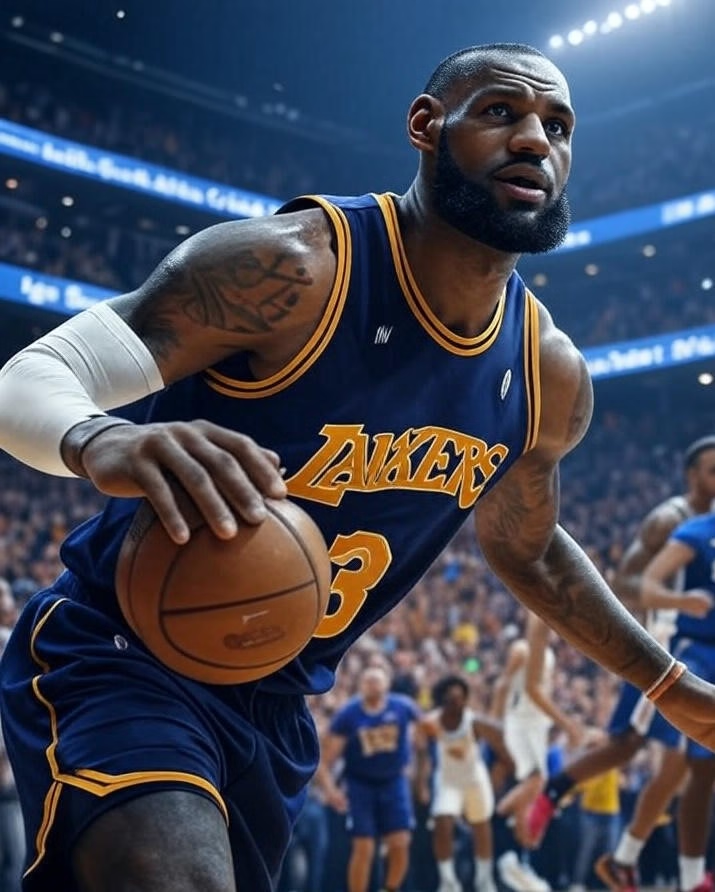
Today’s Sports Highlights – August 22, 2025
-
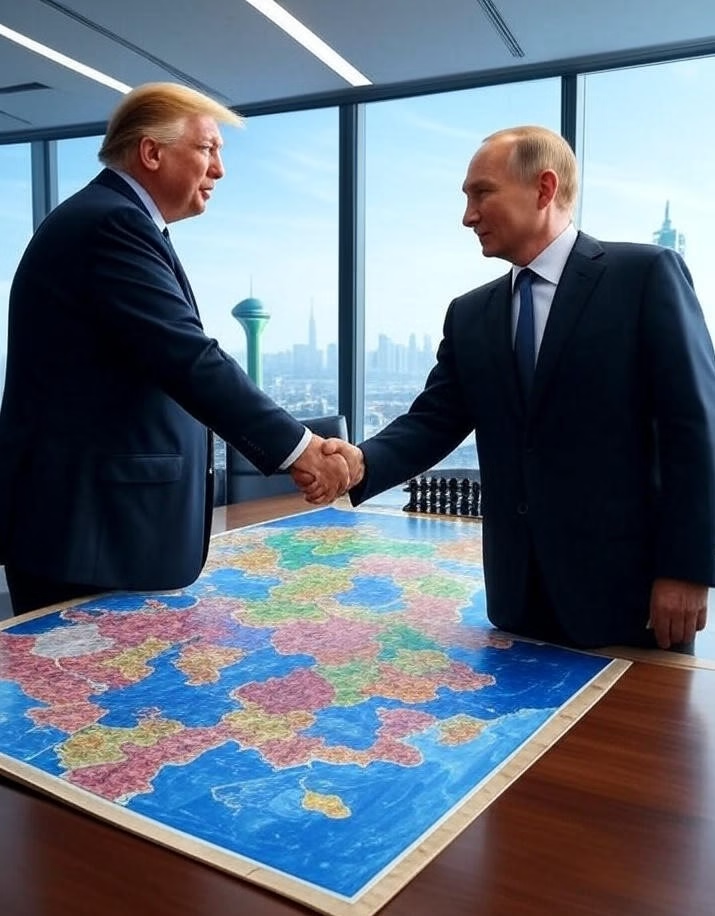
📰 Today’s News Digest – August 18, 2025
-
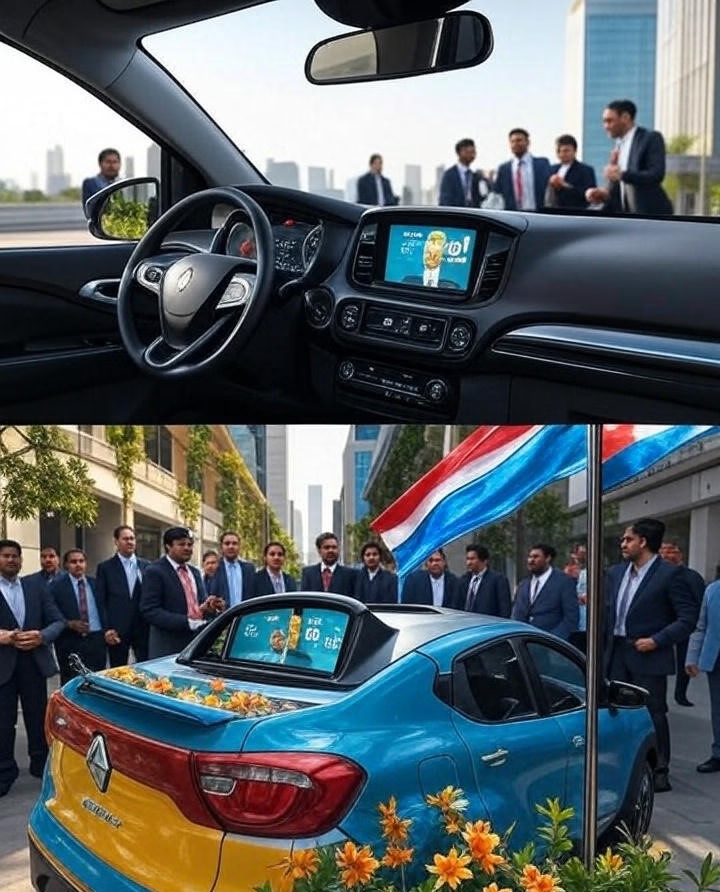
Stock Market Holiday: BSE, NSE Closed for Independence Day; Key Highlights from August 14 Trading
-

🚘 5 Big Things the 2025 Renault Triber Facelift Still Misses – A GrandMaster Review by Bikram Sutradhar
-

💡 CUET Verbal Analogy – Advanced Guide with Tricks, Examples & Practice 🔥
-
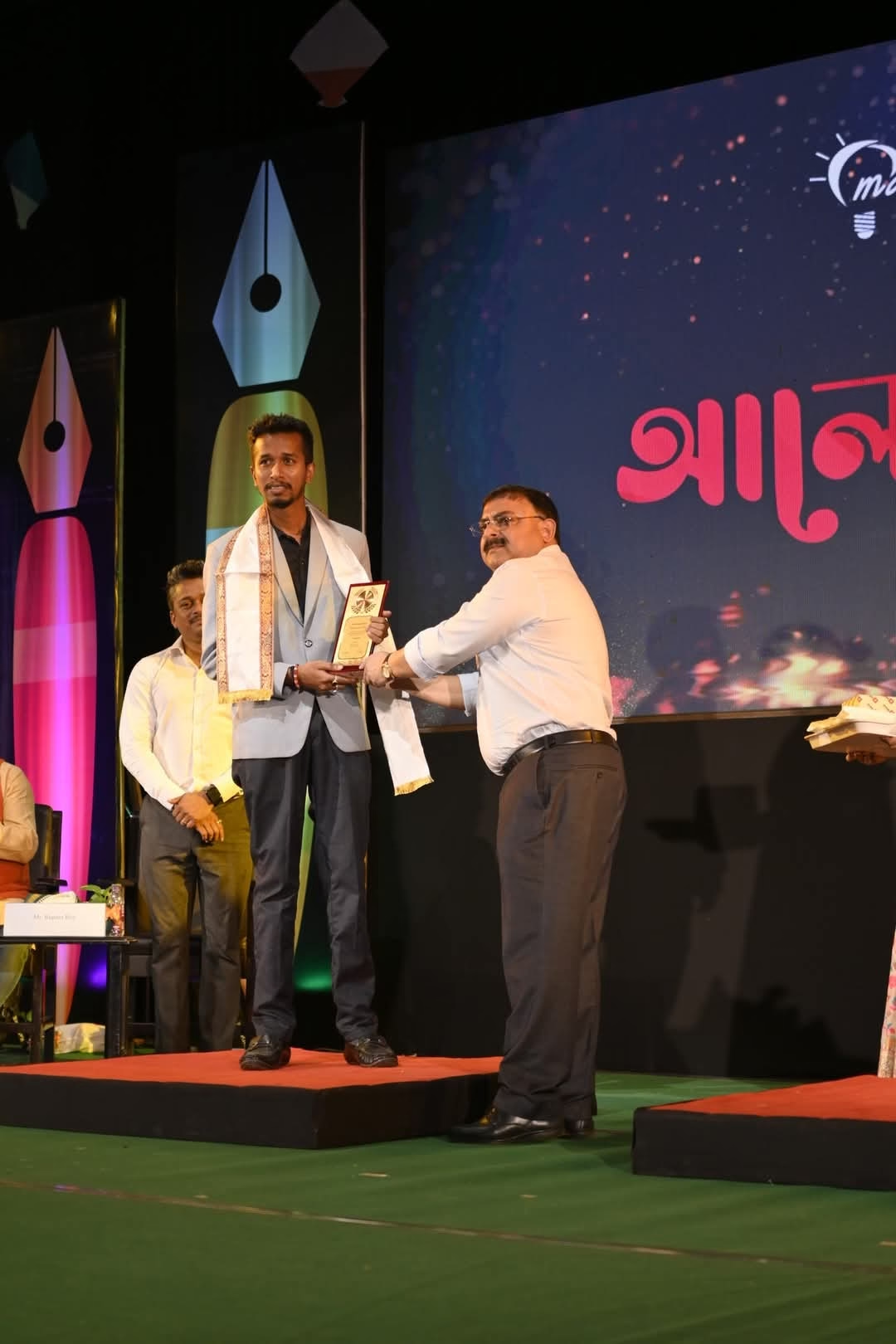
Mastering Set Theory for IIT JEE Main: Your Path to Success
-

🎓 JEE Main 2026: Eligibility Criteria
-

🧠 JEE Main 2026: Exam Date, Schedule, and Important Tips
-

🏆 Sreejesh S – India’s Kho Kho Powerhouse Dominating the Ultimate League
-

📝 Practical Use of Shall, Should, Could, Can, Would in English Grammar
-

🎬 Ultimate Collection of South Indian Movies Dubbed in Hindi (Full HD)
-
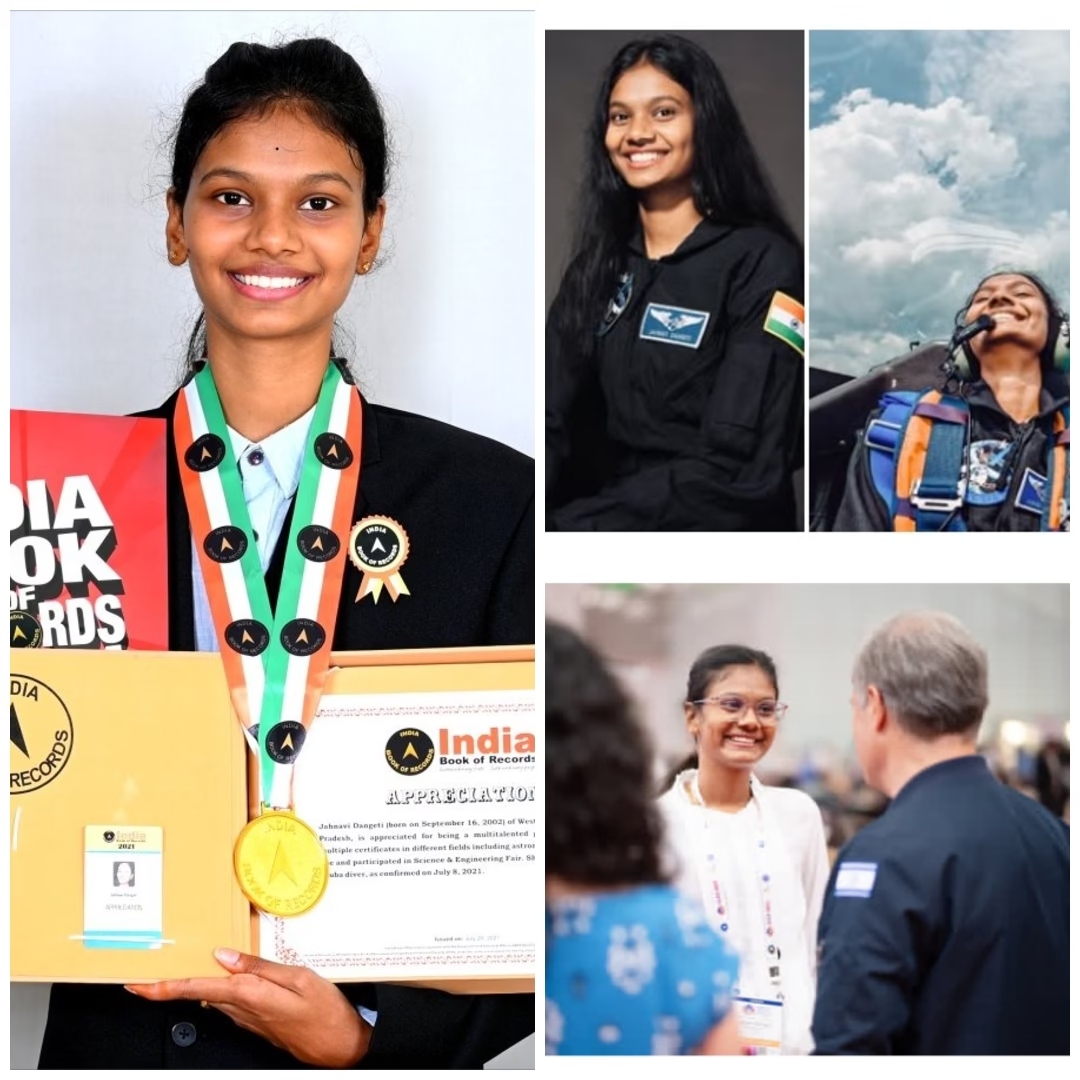
🌌 Jahnavi Dangeti: India’s Young Space Star Ready to Soar Beyond Earth!
-
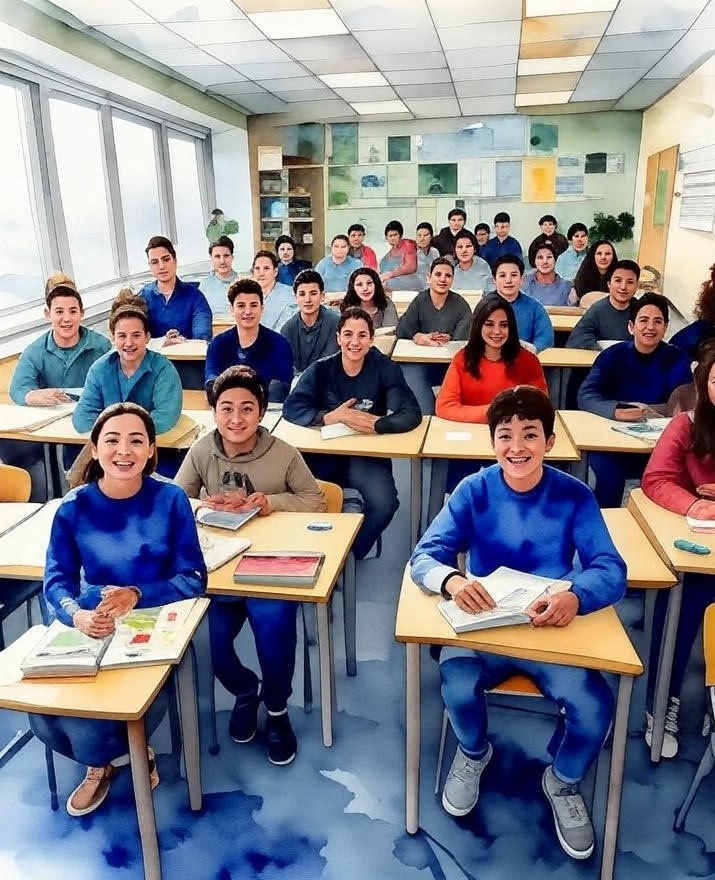
🇩🇪 Germany’s Classroom Census Controversy: Should Immigrant Student Numbers Be Capped?
-

🎵 Top 10 Most-Viewed German Songs on YouTube (2025 Edition)
-

🔍 Forensic Science Admissions 2025: India & NFSU Tripura Campus
-

🗣️ Reported Speech Made Easy (With Rules, Tricks & Examples)
-
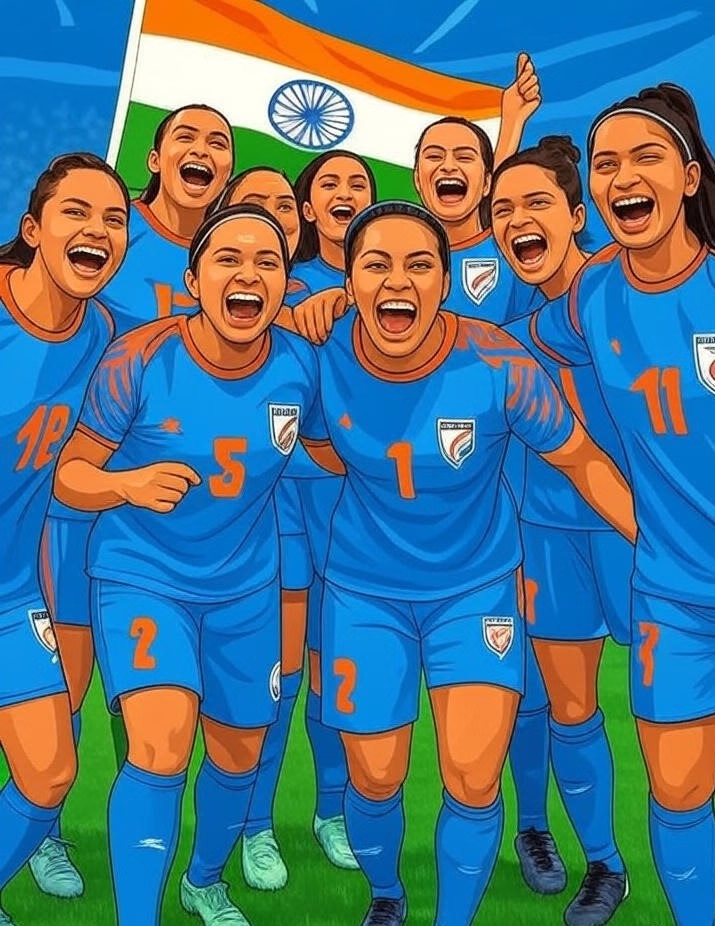
🇮🇳 From Asia to the World: How India’s Women’s Football Team Can Qualify for the 2027 FIFA Women’s World Cup
-

🏆 India Qualifies for AFC Women’s Asian Cup 2026 Under Coach Crispin Chettri
-

Today’s Sports Highlights – August 22, 2025
-

📰 Today’s News Digest – August 18, 2025
-

Stock Market Holiday: BSE, NSE Closed for Independence Day; Key Highlights from August 14 Trading
-

🚘 5 Big Things the 2025 Renault Triber Facelift Still Misses – A GrandMaster Review by Bikram Sutradhar
-

💡 CUET Verbal Analogy – Advanced Guide with Tricks, Examples & Practice 🔥
-

Mastering Set Theory for IIT JEE Main: Your Path to Success
-

🎓 JEE Main 2026: Eligibility Criteria
-

🧠 JEE Main 2026: Exam Date, Schedule, and Important Tips
-

🏆 Sreejesh S – India’s Kho Kho Powerhouse Dominating the Ultimate League
-

📝 Practical Use of Shall, Should, Could, Can, Would in English Grammar
-

🎬 Ultimate Collection of South Indian Movies Dubbed in Hindi (Full HD)
-

🌌 Jahnavi Dangeti: India’s Young Space Star Ready to Soar Beyond Earth!
-

🇩🇪 Germany’s Classroom Census Controversy: Should Immigrant Student Numbers Be Capped?
-

🎵 Top 10 Most-Viewed German Songs on YouTube (2025 Edition)
-

🔍 Forensic Science Admissions 2025: India & NFSU Tripura Campus
-

🗣️ Reported Speech Made Easy (With Rules, Tricks & Examples)
-

🇮🇳 From Asia to the World: How India’s Women’s Football Team Can Qualify for the 2027 FIFA Women’s World Cup
-

🏆 India Qualifies for AFC Women’s Asian Cup 2026 Under Coach Crispin Chettri
-

⚡ Boost Laptop Speed – Power, Battery & Storage Tips (Windows 7 to 11)
-

💻 How to Check Your Laptop Performance Score (1.0 to 9.9) Using PowerShell





